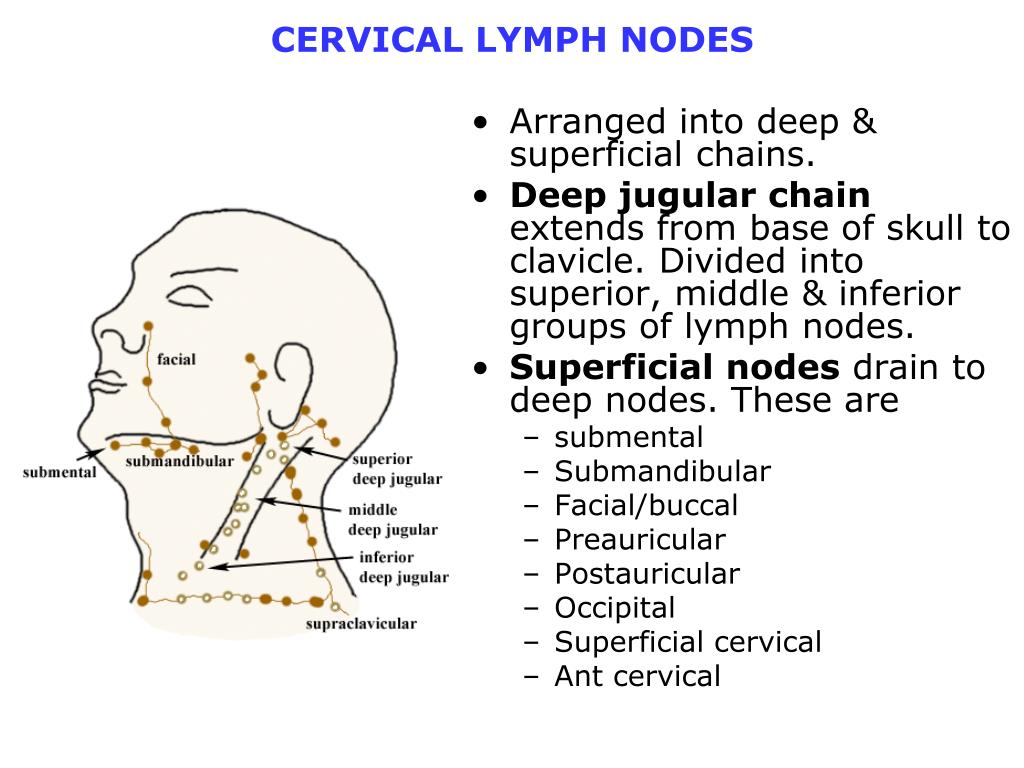

ĭuration of neck mass: (a) present since birth or recently discovered, and for how long and (b) recurrence of neck massĪssociated symptoms: (a) focal symptoms (e.g.The following questions are important in evaluating for the various possible causes of neck masses in children: The sternocleidomastoid muscle is used as an important surface landmark to distinguish between the anterior and posterior triangles of the neck.Ī thorough history and physical examination are fundamental steps in the evaluation of a child with the complaint of a neck mass. Notably, midline masses are often not due to lymphadenopathy.

The location of the mass is often useful in narrowing down the diagnosis.

They may also present with chronic drainage or recurrent episodes of swelling, which may only be obvious in later life or after a secondary infection. Congenital lesions are usually painless and may be identified at or shortly after birth. In the initial approach, it is important to first consider the broad differential diagnosis of cervical lymphadenopathy, including other causes of neck masses that may mimic it closely ( Table I).( 4) Neck masses in children can be classified into congenital or acquired causes. WHAT CAN I DO IN MY PRACTICE? Clinical approach An evidence-based evaluation framework may reduce unnecessary diagnostic tests and therapies, as well as enable physicians to counsel their patients and caregivers appropriately. When first reviewing a child with cervical lymphadenopathy, the primary care physician is faced with a conundrum – manage at primary care or refer for specialist review? We propose that the physician’s familiarity with the differential diagnoses of lymphadenopathy and neck masses increases the success rate of managing this in primary care. Park reported that 90% of all children aged 4–8 years have palpable lymphadenopathy.( 2) In a systematic review of paediatric cervical lymphadenopathy involving 2,687 patients, two thirds of the cases were due to non-specific benign aetiology with no definitive diagnosis, and 4.7% were secondary to malignancy.( 3) HOW RELEVANT IS THIS TO MY PRACTICE?Ĭervical lymphadenopathy in the paediatric population is common in general medical practice and presents either as a primary complaint of neck mass or as an incidental finding during clinical examination. Lymphadenopathy is defined as the presence of one or more lymph nodes of more than 1 cm in diameter, with or without an abnormality in character.( 1) In children, it represents the majority of causes of neck masses, which are abnormal palpable lumps or swellings. You treated Emma for viral respiratory tract illness and made plans to review her in two weeks for her cervical lymphadenopathy. There was no organomegaly or other lymphadenopathy. Mrs Tan was uncertain if they were present prior to her current illness. You discovered bilateral non-tender, mobile cervical lymph nodes that were up to 1.5 cm in size. During the examination, Emma was interactive, her nose was congested with clear rhinorrhoea, and there was pharyngeal injection without exudates. Apart from slight decreased appetite, Mrs Tan reported that Emma’s activity level and behaviour were not affected. Mrs Tan took her daughter Emma, a well-thrived three-year-old girl, to the family clinic for two days of fever, sore throat and rhinorrhoea.


 0 kommentar(er)
0 kommentar(er)
